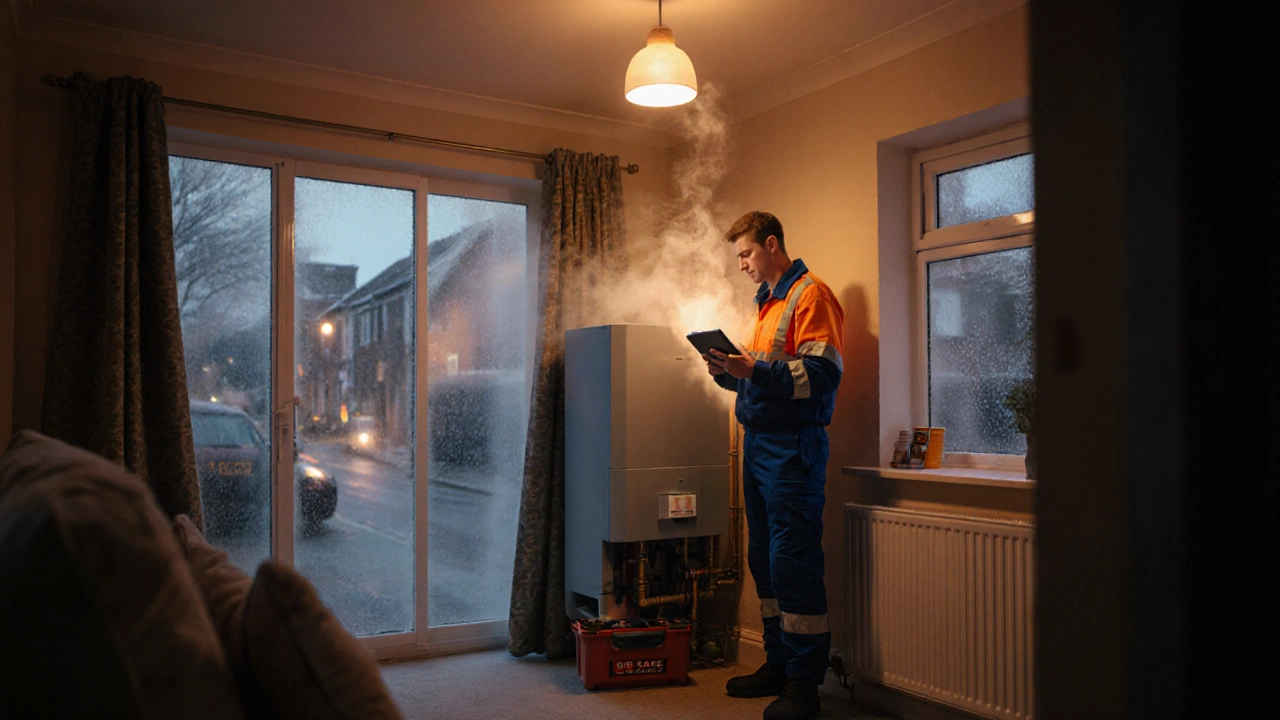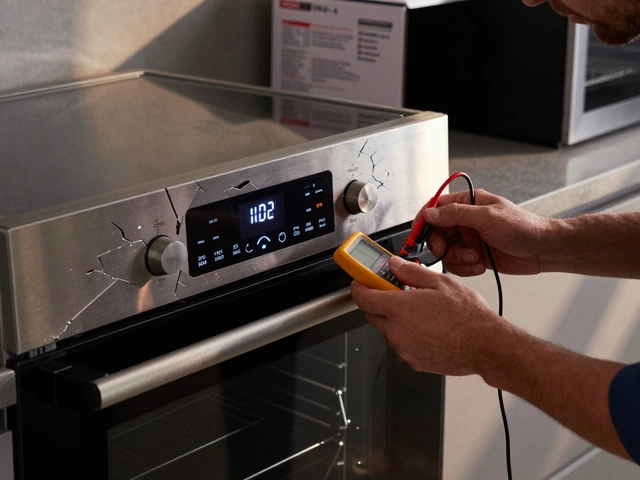Boiler Inspection: Essential Checks for Safe, Efficient Heating
When working with boiler inspection, a systematic check of a boiler’s components, safety devices, and performance. Also known as boiler safety check, it helps catch problems before they turn into costly breakdowns. A thorough boiler service, regular maintenance that includes cleaning, tuning, and part replacement often covers the same ground, but inspection focuses on compliance, certification, and safety verification. Understanding your boiler lifespan, the typical years a boiler can run efficiently before major overhaul helps you decide when it’s time for a replacement rather than another fix. Finally, heating system safety, ensuring no gas leaks, carbon monoxide, or pressure issues is the ultimate goal of any inspection.
First off, a qualified technician will turn off the system, check the pressure gauge, and inspect the burner assembly. They look for soot buildup, cracked heat exchangers, and worn seals – all red flags that could cause inefficiency or danger. The inspection also includes testing the flue for proper ventilation, verifying the operation of the pressure relief valve, and confirming that all safety controls reset correctly after a fault. These steps form a clear semantic triple: boiler inspection requires qualified technician, and qualified technician performs safety tests. If any component fails, the technician notes it and recommends a repair or part replacement, which directly ties back to extending the boiler’s useful life.
Why does this matter for your wallet? Regular boiler inspection feeds into a well‑planned boiler maintenance, ongoing care that keeps the unit running at peak efficiency. When you catch a minor leak or a worn gasket early, the repair cost is a fraction of what a full breakdown would demand. Moreover, a clean, well‑tuned boiler burns fuel more efficiently, which can shave 5‑15% off your energy bill each year. This creates another semantic link: boiler maintenance improves boiler efficiency, and improved efficiency reduces operating costs. Homeowners who schedule inspections annually often see their boiler lifespan stretch from the typical 10‑12 years to 15 years or more.
Legal compliance is another piece of the puzzle. In many UK regions, landlords must provide a valid Gas Safe Certificate, which is only issued after a successful boiler inspection. Even if you’re not a landlord, insurance policies may require proof of recent inspections to honor claims after a failure. Ignoring this can lead to fines, voided coverage, or worse – a dangerous situation for your family. The inspection report serves as documented evidence that you’ve met safety standards, giving you peace of mind and protecting your property.
What You’ll Find in Our Boiler Inspection Collection
The articles below dive deeper into every aspect we’ve just touched on. You’ll see step‑by‑step guides on resetting water heaters, cost breakdowns for boiler servicing in New Zealand, and how to gauge whether a broken boiler is still worth fixing. There are also practical checklists for spotting heat pump malfunctions and tips for cleaning extractor fan motors – all related to keeping your home’s heating system in top shape. Whether you’re a DIY‑enthusiast looking for quick fixes or a homeowner ready to call a pro, the range of topics will give you the confidence to handle any boiler‑related issue.
Ready to explore the full list? Scroll down to discover detailed guides, cost comparisons, and safety tips that will help you keep your heating running smoothly all year long.
19 October 2025
·
0 Comments
Learn exactly what a boiler service includes, why each check matters, how often to schedule it, costs, DIY tips, and a handy checklist for homeowners.
Read more






